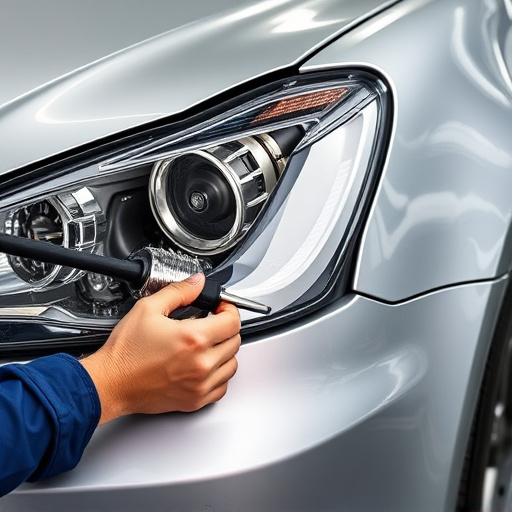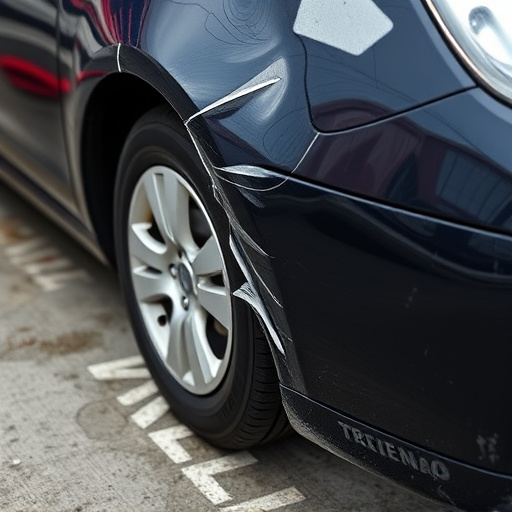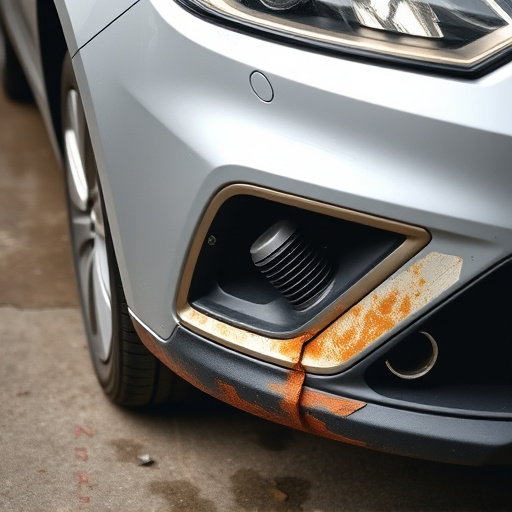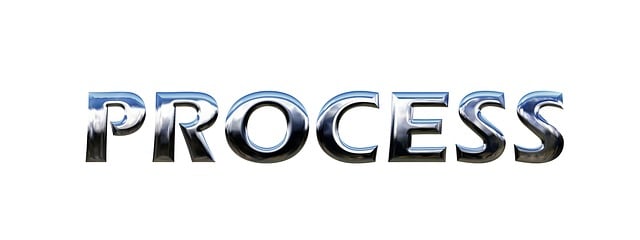A transparent repair process in automotive services builds trust by communicating clearly about repairs, parts, and costs. This reduces e-waste through ethical disassembly and component sharing, enhances sustainability, efficiency, and cost-effectiveness without compromising quality or ethics. Prioritizing customer trust and safety through detailed estimates and high-quality materials ensures industry standards and secures client satisfaction.
In today’s digital age, a transparent repair process is not just a customer service offering—it’s an ethical imperative. This article explores how businesses can build trust with customers by adopting clear and honest repair practices. We delve into the environmental benefits of ethical disassembly and component sharing, reducing e-waste, and discuss how established transparent repair standards ensure product quality and safety. By embracing these principles, companies can foster sustainability and strengthen consumer confidence.
- Transparent Repair Process: Building Trust with Customers
- Ethical Disassembly and Component Sharing: Reducing E-Waste
- Ensuring Quality and Safety: Transparent Repair Standards
Transparent Repair Process: Building Trust with Customers

A transparent repair process is a cornerstone in building trust with customers. In the automotive industry, where perceptions of hidden costs and misleading practices can linger, open communication about repairs is invaluable. By employing clear, step-by-step procedures, businesses offer customers detailed information on the scope of work, parts used, and associated costs. This transparency empowers clients to make informed decisions, ensuring they understand every aspect of the car bodywork services or dent repair process.
When a business adopts this approach, it fosters a sense of reliability and integrity. Customers appreciate knowing that no hidden charges will pop up during or after the vehicle dent repair process. This level of honesty not only strengthens customer relationships but also encourages repeat business and positive word-of-mouth referrals.
Ethical Disassembly and Component Sharing: Reducing E-Waste

In the context of a transparent repair process, ethical disassembly and component sharing play a significant role in reducing e-waste. When vehicles undergo car restoration or vehicle repair, especially after frame straightening, it’s essential to handle components responsibly. A transparent approach ensures that every step of the disassembly is documented, allowing for better inventory management and informed decision-making regarding reusable parts.
By adopting ethical practices, repair shops can extend the lifespan of various components, thereby reducing the demand for new parts and minimizing the environmental impact. This not only contributes to a more sustainable landscape but also fosters trust among customers who value transparency in their vehicle’s care. The practice of component sharing further streamlines the repair process, making it more efficient and cost-effective without compromising on quality or ethics.
Ensuring Quality and Safety: Transparent Repair Standards

In a transparent repair process, ensuring quality and safety are paramount. When a car body shop adheres to strict transparent repair standards, it means every step of the repair process is clearly communicated to the customer. This includes providing detailed estimates, explaining the scope of work, and showcasing the use of high-quality materials. By fostering open dialogue, car body shops build trust with their clients, ensuring they understand the repairs needed and the benefits of each recommended service.
Moreover, transparent practices guarantee that auto body repairs are carried out safely and effectively. Customers can rest assured that any car scratch repair or more extensive auto body repairs meet industry standards and use state-of-the-art equipment. This commitment to quality not only protects the integrity of the vehicle but also ensures the satisfaction of the owner, fostering a positive relationship built on honesty and reliability.
The implementation of a transparent repair process is not just a trend; it’s a necessary step towards a more sustainable and ethical future. By fostering trust with customers, reducing e-waste through ethical disassembly, and upholding rigorous quality and safety standards, businesses can truly revolutionize their practices. Adopting this approach ensures a win-win scenario, benefiting both consumers and the planet. Let’s encourage more companies to embrace transparency as the key to a greener, more responsible business model.














